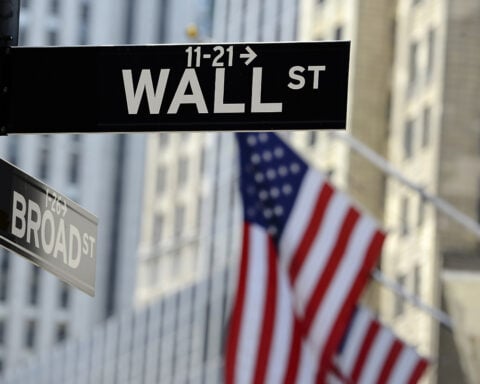Increasing apprehensions about banks and the broader world economy prompted stocks to decline in major markets.
By midday, the S&P 500 had decreased by 1.1%, marking its potential fifth downturn recently. Concurrently, the Dow Jones was down 1% or 345 points at 35,128, while the Nasdaq suffered a 1.6% drop.
In the U.S., a downgrade in credit ratings for ten mid-range banks by Moody’s was a significant trigger. This downgrade was attributed to various factors, including rising interest rates and the impact of remote working reducing demand for office spaces.
China’s exports witnessed a notable slump, the worst since 2020’s pandemic outset. European markets, particularly in Italy, were impacted by the government’s decision to tax some of the bank profits this year.
Mixed financial results from U.S. giants added to the market’s strain. Beyond Meat shares plunged by 19.1% as revenues disappointed analysts. Meanwhile, Palantir Technologies saw a 7.3% share dip despite an overall yearly rise, driven by the AI tech buzz.
One standout performer was Eli Lilly, surging 16.7% due to impressive spring earnings.
Safe-haven assets, like bonds, witnessed increased demand, with Treasury yields experiencing a downturn. This followed the Federal Reserve’s significant interest rate hike, the highest in over 20 years, aiming to curb inflation.
This aggressive stance on rates has significantly impacted banks. Moody’s pointed to these higher rates, stating they diminish investment values from times of lower rates. This has caused instability, evident in the failure of three central U.S. banks this past spring.
The increasing remote working trend threatens banks heavily invested in commercial real estate loans. Moody’s analysts predict a potential mild U.S. recession by 2024.
Shares in banks like M&T Bank and Truist Financial suffered after Moody’s announcement, dropping 2.7% and 2.5%, respectively. Other central banks, such as Bank of America and JPMorgan Chase, also witnessed 2.9% and 1.7% declines.
Upcoming U.S. inflation data will be pivotal in guiding the Federal Reserve’s next move. While optimism surrounds a potential cooling off after last summer’s 9% inflation spike, some experts believe reaching the Fed’s 2% target will be challenging. They argue that the 19.5% surge in the S&P 500 during this year’s initial seven months was excessive.
Bond market trends saw the 10-year Treasury yield decline to 4.01%. This benchmark influences various lending rates.
Asian markets were similarly affected, with stocks in Hong Kong dropping by 1.8% and Shanghai by 0.3%, following China’s underwhelming export figures. Despite initially appearing resilient post-COVID, China’s economy shows signs of faltering, impacting global growth projections.
Global investors are bracing for a tumultuous period in light of these unfolding economic events. While the full implications of these market shifts remain, it’s evident that global economies are interconnected in their challenges and triumphs. As central banks and governments grapple with stabilizing their markets, investors are reminded of the unpredictable nature of the financial world and the importance of a diversified strategy.







